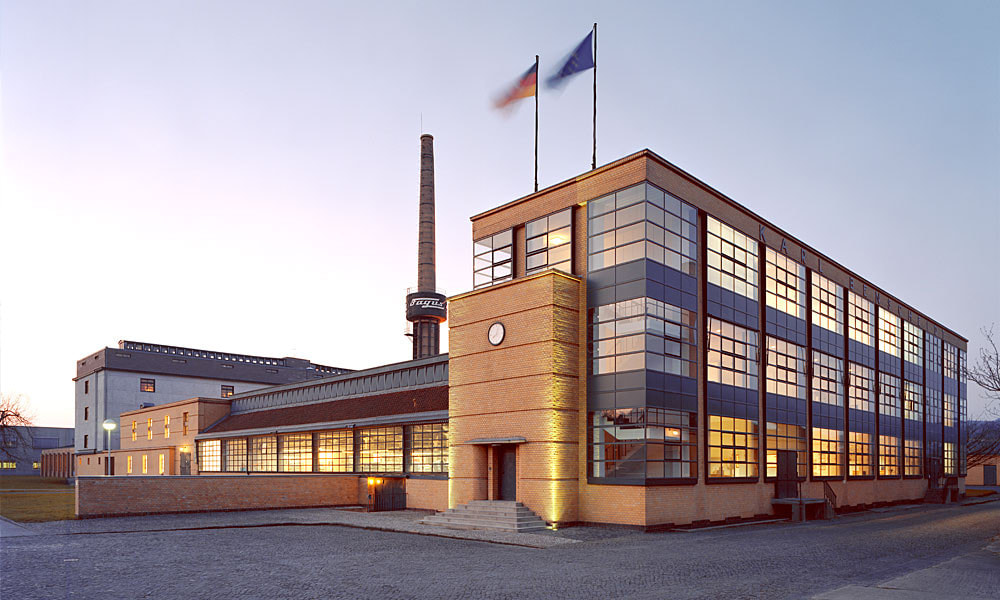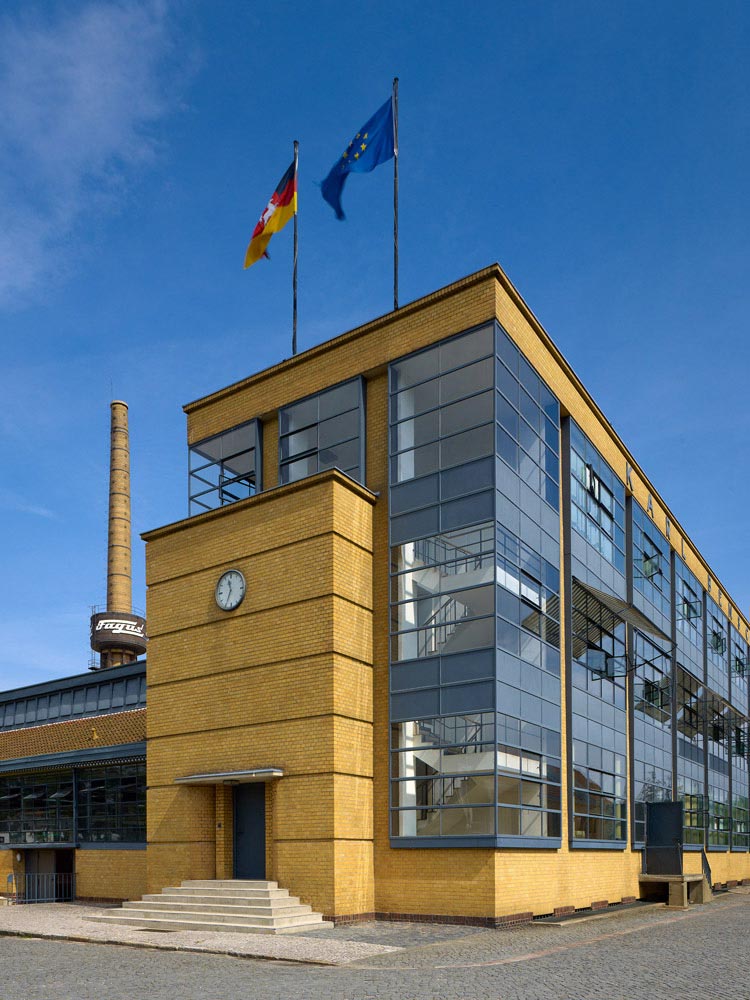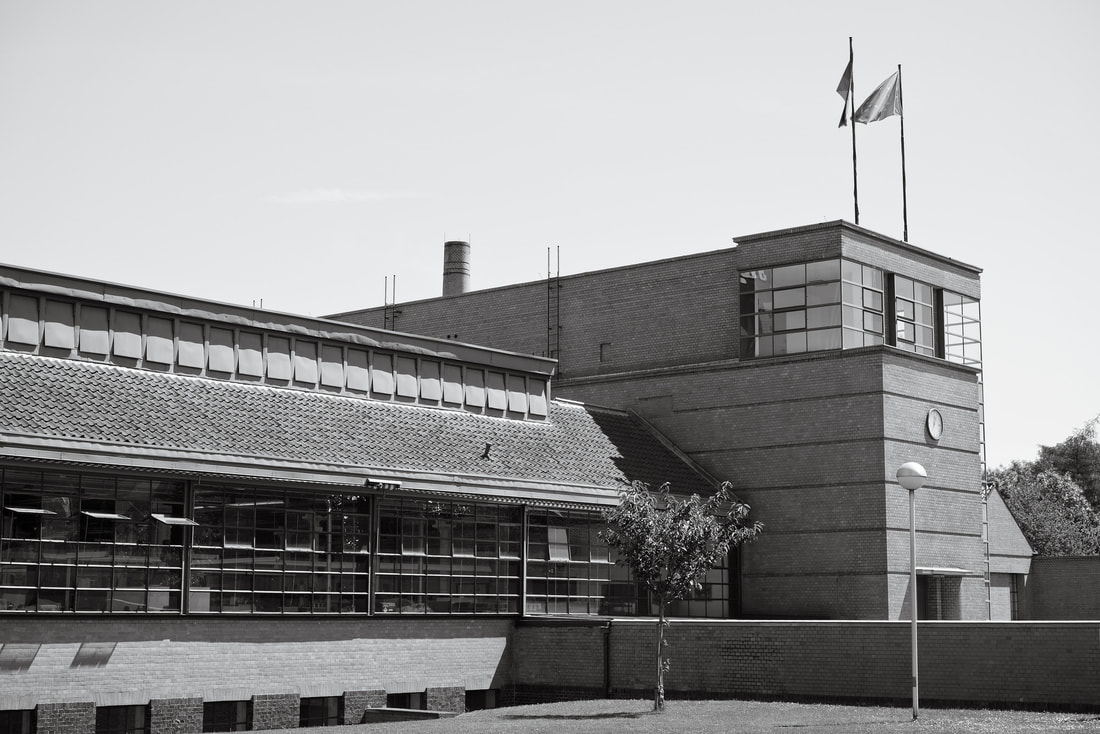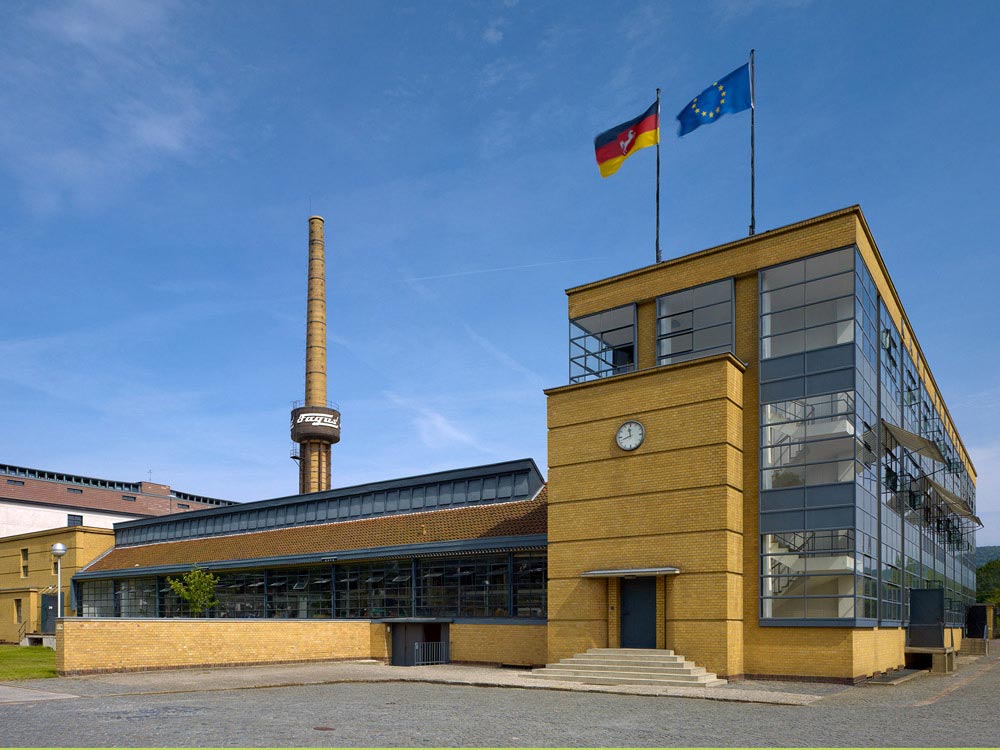The 1914 Werkbund Exhibition in Cologne had marked a turning point in the history of the Modern Movement in Germany, dividing the fathers of the Movement into two camps: the artistic and the rationalistic. In it, Walter Gropius and Alfred Meyer presented the model of their recently-completed Fagus Factory in Alfeld on the Leine, Germany as an example of rationalist architecture, at the time, cased Neue Sachlichkeit. Commissioned by Carl Benscheidt, a progressive and successful industrialist and the man who had therefore become one of the legendary patrons of early Modernism, it was considered an ambitious glass building, created in collaboration with teachers and students from the Bauhaus, known for the enormous clock at its entrance. This building has captured my imagination for many years, and therefore, I have made my way to Lincoln Center this evening to watch the film ‘Gropius Memory Palace.’ But I found that it is not an architecture film, but rather a therapeutic film which features meditation performed by a hypnotherapist, during which the viewers are asked to construct a ‘memory palace’ as they experience the Fagus Factory. This film borrows the commodities of modern architecture to achieve peace and meditation.






